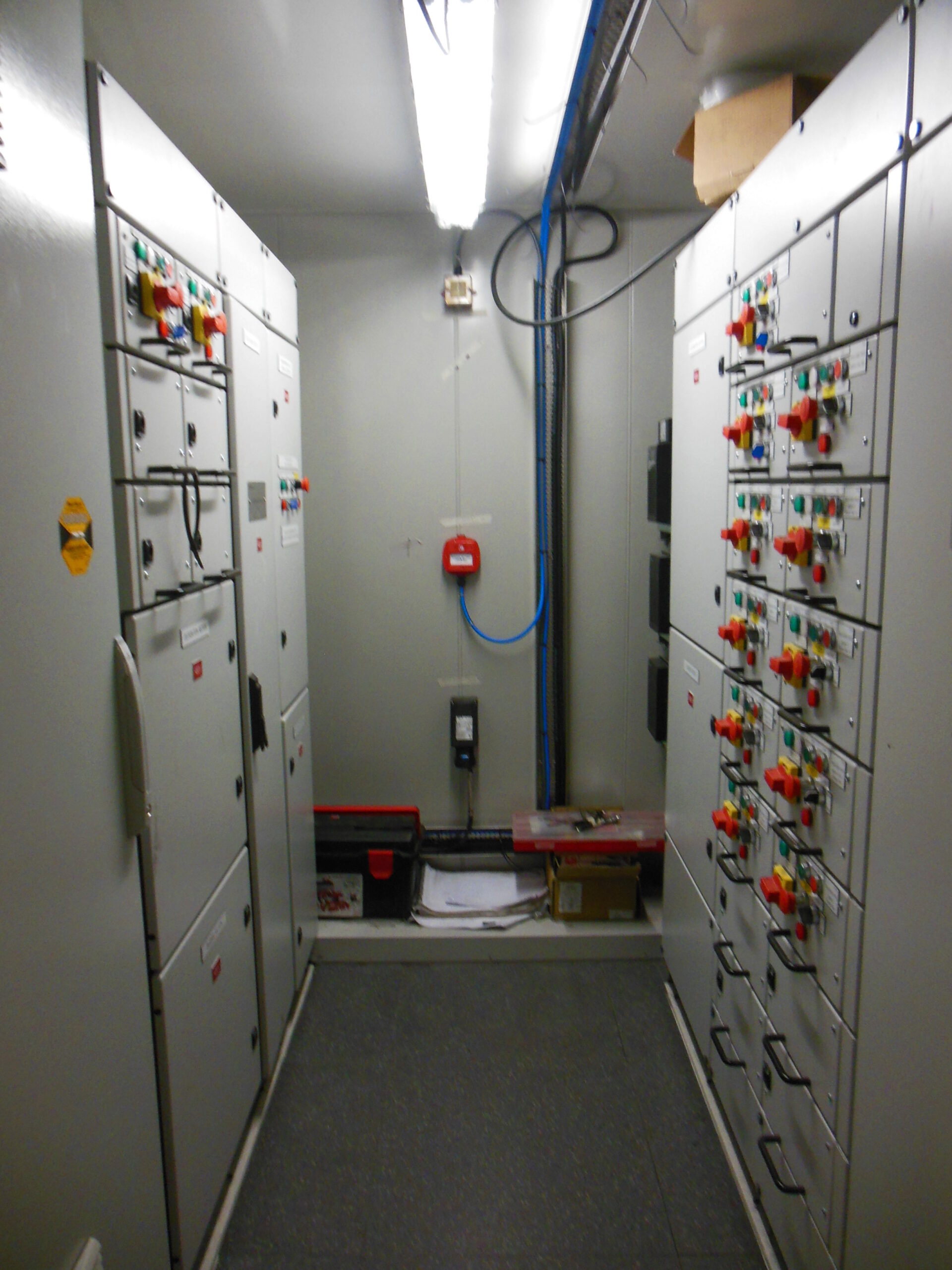Offshore service modules operate in some of the most challenging industrial environments, frequently exposed to explosive atmospheres, toxic gases, and extreme weather conditions. Pressurization systems serve as the primary defense mechanism, creating a safe haven for operational activities and sensitive equipment. This report provides a comprehensive analysis of these systems, their implementation, and best practices for deployment.
Pressurized modules are engineered to maintain positive internal pressure relative to the ambient environment, typically at 25 Pa above atmospheric pressure. The basic structure comprises a reinforced steel framework with specialized paneling systems rated for offshore conditions. Module designs incorporate airlocks, emergency escape routes, and redundant pressurization units to ensure continuous safe operation.
The exterior shell utilizes marine-grade materials, typically 316L stainless steel or higher grades, providing superior corrosion resistance against saltwater exposure. Thermal insulation systems are integrated within the wall assemblies, maintaining stable internal temperatures while minimizing heat transfer and preventing condensation formation.
The core pressurization system consists of multiple components working in concert. Primary air handling units draw in ambient air through HEPA filtration systems rated at 99.97% efficiency for particles 0.3 microns and larger. Supplementary activated carbon filters remove hydrocarbon vapors and other chemical contaminants.
Air distribution networks within the module ensure uniform pressurization across all compartments. Sophisticated control systems continuously monitor pressure differentials, automatically adjusting air intake and exhaust rates to maintain optimal conditions. Backup power systems and redundant air handling units ensure uninterrupted pressurization even during primary system failures.
Advanced gas detection systems monitor both internal and external atmospheres for the presence of hydrogen sulfide, hydrocarbons, and other hazardous gases. Multiple pressure sensors throughout the module provide real-time data to the control system. Emergency shutdown protocols automatically activate upon detection of pressure loss or hazardous gas infiltration.

Fire and blast protection systems are integrated into the module design, with rated walls capable of withstanding significant explosions. Fire-rated doors and windows maintain module integrity during emergency scenarios. Emergency breathing apparatus stations are strategically placed throughout the module for immediate access during evacuation procedures.
Temperature and humidity control systems maintain optimal working conditions while preventing equipment degradation. HVAC systems are designed for tropical and arctic operations, with heating and cooling capacities sized for extreme temperature differentials. Dehumidification systems prevent condensation on sensitive electronics and instrumentation.
Regular maintenance protocols include monthly inspection of seals, gaskets, and door mechanisms. Quarterly testing of pressurization systems ensures proper operation of all components. Annual third-party inspections verify structural integrity and compliance with international standards. Preventive maintenance schedules address filter replacements, sensor calibration, and mechanical system servicing.
Modules must conform to multiple international standards including:
IEC 60079-13 for explosive atmosphere protection, NORSOK standards for offshore installations, and API RP 14C for safety systems. Design and construction must meet ATEX directives for equipment in explosive atmospheres and IMO MODU code requirements for offshore installations.
Personnel training requirements include familiarity with emergency procedures, understanding of pressurization system operation, and proficiency in using safety equipment. Standard operating procedures detail entry and exit protocols, maintaining pressurization during material transfer, and emergency response actions.
Pressurized offshore service modules provide essential protection for personnel and equipment in hazardous environments. Proper design, construction, and maintenance ensure reliable operation under extreme conditions. Continuous advancement in materials and control systems further enhances their effectiveness and reliability.
